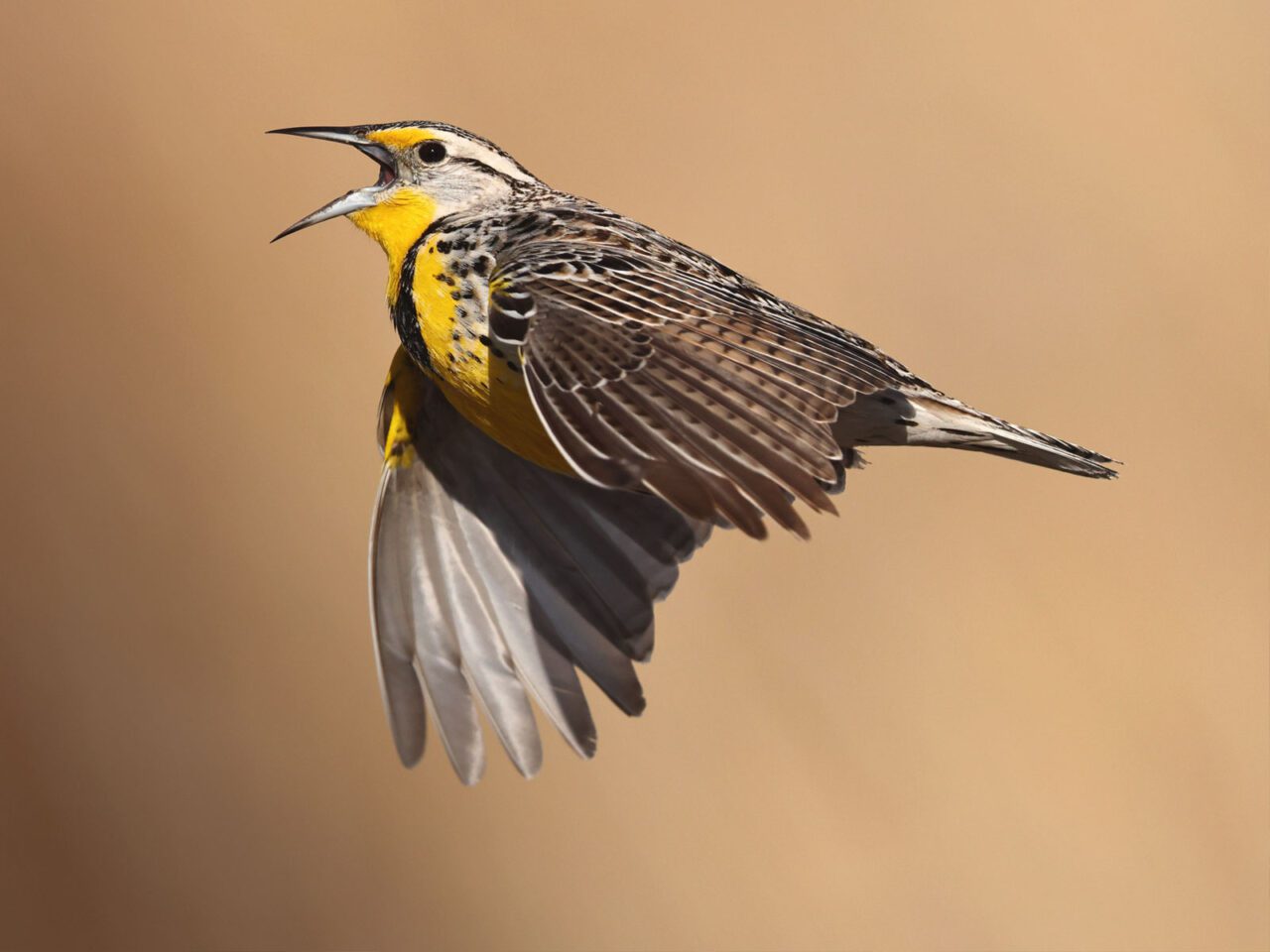
Saltmarsh Sparrows are among the varieties of greatest preservation worry in the Northeast because of environment loss from sea level increase and human development of coastal environments. Their nests are extremely vulnerable to flooding throughout high tides. © copy; Dave Krueper
One of the defining ecological difficulties of the 21st century is climate modification. Boosted temperature levels, more severe weather events, altering wetness levels, and increasing sea levels are affecting ecological processes, which in turn influence the circulation, abundance, and survival of many organisms, including birds and people. These changes can detrimentally influence bird survival throughout the annual life-cycle. Birds in every terrestrial and marine environment will be affected, although specific types in each habitat are likely to react in different ways.
The degree to which birds can adapt to additional environmental adjustment depends on a suite of organic qualities among varieties in addition to the sensitivity of the habitats on which they depend.More Here https://teampiersma.org/ At our site Some birds respond rapidly to transforming environments by moving their circulations; such distributional changes are currently well documented for both migratory and resident varieties. Some types might not be able to make such changes.
Exactly how international warming will certainly impact the circulation of birds in the coming centuries is a concern of vital importance to those interested in biodiversity.
– Dr. Blair Wolf, College of New Mexico
Based upon the vulnerability assessment in the 2010 State of the Birds Record on Environment Change, numerous groups of varieties become particularly prone to transforming climate in the next years. In some cases, this new analysis increases the necessity for safeguarding habitats for Watch Listing varieties currently vulnerable as a result of various other elements. In other situations, it highlights additional species not formerly taken into consideration at risk via Watch List designation.
Every one of our forecasts concerning the impacts of climate adjustment on bird populaces are based on facility environment versions, in addition to similarly intricate versions of the biography of birds. At the same time, documented shifts in bird circulations stand for a few of the toughest evidence that environment modification
results are currently happening. Details to boost our capability to comprehend and predict the effects of climate change on birds is quickly needed, including:
- Boosted, standardized methods for examining which types, suites of varieties, or habitats are most vulnerable to environment adjustment, consisting of details concerning level of sensitivity, exposure, and adaptive ability;
- More research study on varieties phenology (i.e., the timing of seasonal changes in plants and animals) and just how climate change may affect interactions between types, environments and sources;
- Incorporation of demographic parameters (e.g., birth, death, and migration rates) into bird-habitat-climate models; and
- Long-term surveillance programs to document changes climate, responses of types and habitats to climate modification, and to ground-truth predictive designs.
PIF ADVISED ACTIONS:
- Safeguard indigenous plants to sequester carbon and lower greenhouse gases.
- Safeguard and restore coastal salt marshes and help with movement of marshes inland.
- Create passages of excellent quality habitat, especially along elevational and latitudinal slopes, to allow customized varieties to shift distribution.
- Review eco-friendly energy tasks in consideration of delicate habitats and migratory flyways to lessen unexpected influence on birds.
- Protect important surface water resources, specifically in riparian and aridland environments.
- Focus on decreasing habitat loss and degradation as the primary risk to the majority of bird types.







